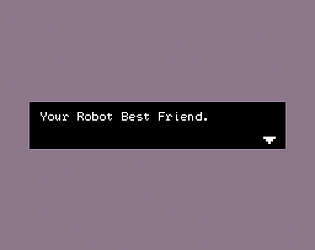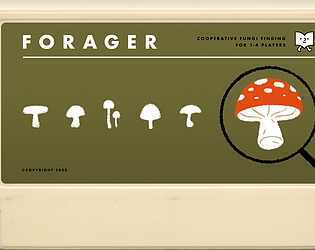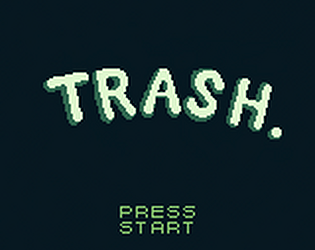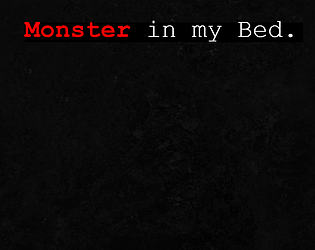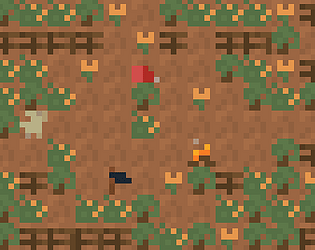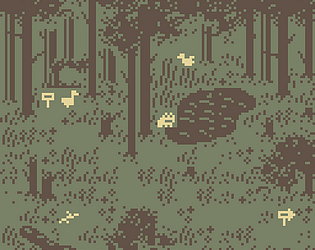The game The Other Line is one driven by the player’s uncertainty and desire to find out what happened to them. It makes good use of the prompt it is given, a world where two walkie-talkies are linked and the two much wait for the other to pick up as the only means of connection. The game begins with the player having woken up in a cavern that they have fallen into, the only exit blocked by a large boulder. At first everything seems planned by an outside source, as indicated by the crate of supplies that lie there when they awake. They fix an old walkie-talkie and are able to make connection with someone outside, though, they too are trapped in a hole. They have no idea where they are in relation to each other, and are only able to sit and wait for time to pass and something to happen; whether than be salvation or their own demises. The person on the other side of the walkie-talkie stops speaking one day, the same one where the player finds a whole that leads elsewhere. Exploring the hole, the player learns that the person on the other line has been in a hole feet away from them with the other walkie talkie. Though, the person is bones and when speaking with the player they had alluded that it was 1951 rather than 2021. I can only perceive that this means the player was speaking with the other bodies ghost, rather than a person. Or alternatively, that that person was alive and had been trapped there for so many years and had just died. Whatever the answer may be, it has left me with a lot of questions. The game is both horror, because it’s unknown how they got there and what is keeping them, as much as it is fantasy.
As for the environment of the game, the player is limited to moving within the space of cave that they are trapped. Each day they are limited to one or two action to complete, ones that if they do not do then the game does not move forward. I think had the addition of choice be given to the player and multiple endings, this game would have been even stronger. Having the choice to not fix the walkie-talkie or perhaps dig would have made for an interesting diversion from the story and allowed for multiple play throughs. All in all, the game has left me contemplating the story it is trying to tell, as well as how it could be improved upon for more installments or building off of this one.


